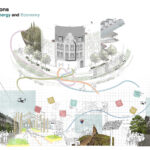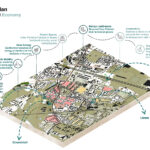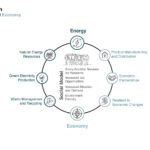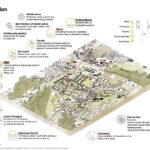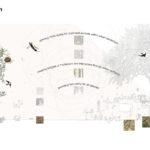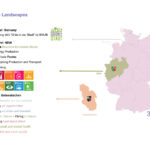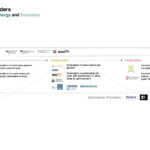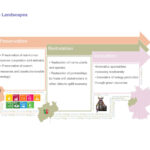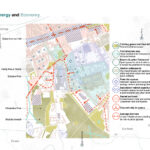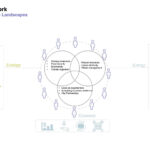The Biennale of the Urban Landscape: The overarching concern of the Biennale of the Urban Landscape is the vision and concrete shape of the green city of the future. The radiant power of a concentration of themes, events and actors in one place and at one time is an amplifier for projects, ideas and processes. The first Biennale in September 2022 will take place over three weekends and offer different formats and events. The focus will be on three main themes that complement each other and yet address different audiences. This will create a versatile and attractive framework with a festival atmosphere for committed exchange and creativity. Each focus will be complemented by a tailor-made excursion programme to places, actors and project presentations. Between the weekends, residencies, students and young professionals will also be on site, collaborating interdisciplinarily in workshops and projects and discussing and presenting their results.
Cities are and will remain the places where most people spend their time and also consume a significant amount of resources and energy with their lifestyle. This way of life has an impact on a global scale. This degradation of our landscapes has led even animals to seek refuge in cities more and more, and biodiversity is shifting to urban areas. The already noticeable changes in the climate are encountering less resilient systems and infrastructures in our cities, which are quickly overwhelmed by drought, heat or even heavy rain and can thus also lose their quality of life. The current IPCC report once again clearly emphasises that these already known changes are occurring faster and more effectively than predicted a few years ago. With the Climate Adaptation Act, the state of North Rhine-Westphalia has already set the course for making the transformation of cities a task of public service. But what can a city look like that is fit for the future? We want to address the question of how cities can be productively integrated into a landscape and an ecosystem on a larger scale, and how this can look in detail, in the direct living environment of the inhabitants, on their doorstep. In a change of perspective, how can a city become a high-performance landscape that is productive, resilient, liveable and inclusive, integrating buildings, streets, people and your resource needs? Under the motto #thinklandscape, we call for questioning and rediscovering our cities in a change of perspective and a paradigm shift.
